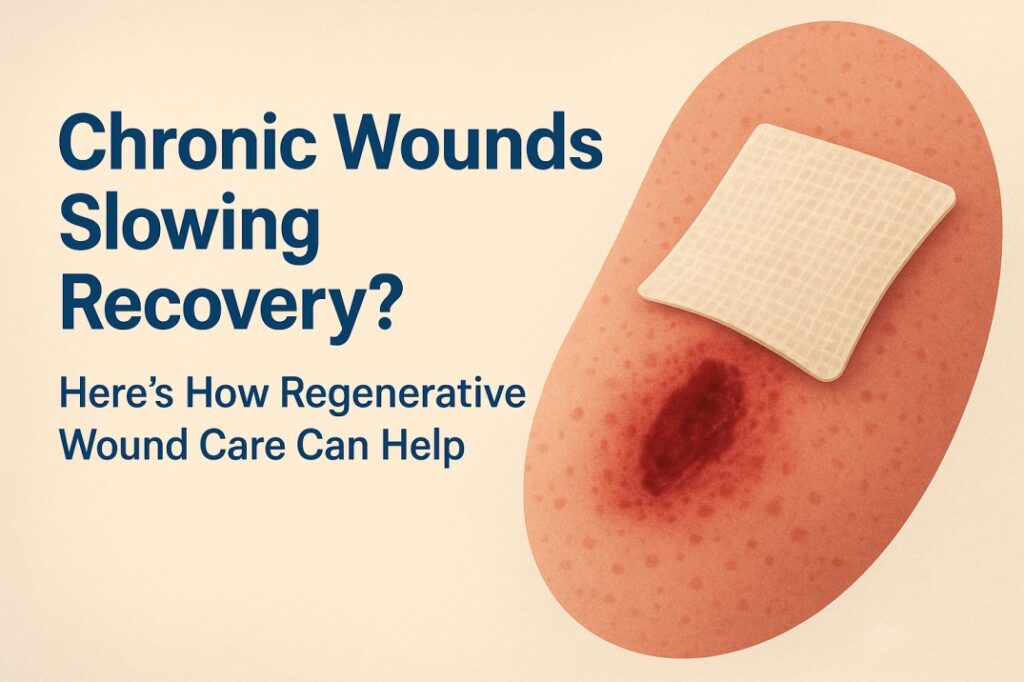Oral cancer is a serious health condition affecting thousands worldwide. It can develop on the lips, tongue, gums, and throat. Early detection is crucial for effective treatment and survival. Regular oral cancer screening tests help identify abnormal tissues before they progress into advanced stages. Let’s explore the importance of oral cancer screening, available tests, and how early detection can save lives.
Why is Oral Cancer Screening Important?
Oral cancer may go undetected in its early stages because its signs may be mild or mistaken for other mouth ailments like mouth ulcers or infections. Nevertheless, if left untreated, it spreads to other parts of the body and kills. Early diagnosis through screening tests makes it possible to treat and have a good survival rate.
Who Should Undergo Screening for Oral Cancer?
While anyone can develop oral cancer, some individuals are more vulnerable and need to have regular checks:
- Tobacco Users: Smoking cigarettes, cigars, or chewing smokeless tobacco increases a person‘s risk for oral cancer.
- Heavy Alcohol Drinkers: Excessive drinking of alcohol damages the tissues of the mouth and causes cancer.
- HPV Infection: The human papillomavirus (HPV) has been linked to an increased risk of oral cancers.
- Exposure to Sun for Prolonged Periods: Victims of high sun exposure are susceptible to lip cancer.
- Hereditary Factors: Patients with a family history of mouth or other cancers should exercise extra caution.
- Age: Persons over 40 years of age are more at risk for oral cancer, even though cases in younger individuals are increasing due to HPV infections.
Routine Screening Tests for Oral Cancer
Oral cancer screening is a simple, painless process that can be done while the patient is at their regular dental appointment. Some of the most prevalent screening tests are:
1. Physical Examination
A physician or dentist will inspect the mouth, lips, gums, and throat visually for any deviation such as sores, red or white patches, lumps, or swelling. They may also palpate for any deviation in the tissues.
2. Fluorescence Visualization
This method employs a special light to highlight abnormal tissues within the mouth. Normal tissues will be colored differently from tissues that are potentially cancerous.
3. Toluidine Blue Staining
There is a special blue dye put into the mouth, which helps identify abnormal tissues. Tissues that absorb the dye can signify a greater risk of cancer.
4. Brush Biopsy
If there is a suspicious lesion, the brush biopsy can be performed. A sample of cells is collected with a soft brush and sent for examination.
5. Scalpel Biopsy
If a lesion seems very suspicious, a scalpel biopsy is required. A tissue sample is removed and examined to confirm the presence of cancer cells.
Signs and Symptoms of Oral Cancer
While screening is important, detection of early warning signs is equally vital. Among the most frequent signs are:
Non-healing sores in the mouth
Red or white patches inside the mouth
Chewing or swallowing problem
Numbness of the lips or mouth
Thickening or lump of the neck or cheek
Abnormal pain or bleeding in the mouth
How Early Detection Saves Lives
Early diagnosis through oral cancer screening boosts treatment success, with an 80-90% survival rate in early stages. Regular screening enables timely treatment, reducing the need for aggressive therapy and improving recovery chances
Conclusion
Oral cancer is preventable yet severe. Early identification through periodic oral cancer screening increases recovery and survival chances. If you’re at high risk or notice abnormal signs, don’t delay—early detection saves lives! Prioritize your oral health and schedule a screening today.









